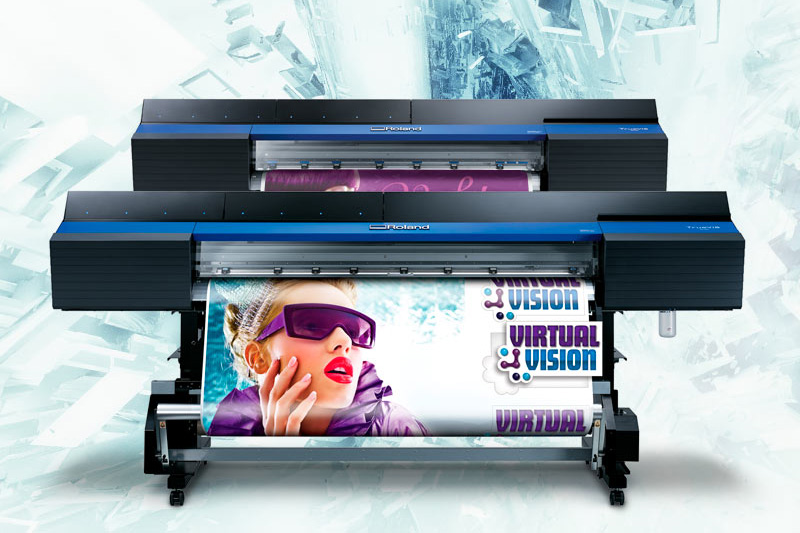Understanding the Concept of Business Cash Advance
Merchant cash advances are a type of commercial loan repaid over a set period, usually weekly or daily. These loans are cheaper than traditional business loans and are easy to qualify for. They are structured as commercial transactions, and repayment is based on daily or weekly.
They Are Easy To Qualify For
If you require a quick infusion of capital, a business cash advance may be the right solution. Unlike traditional bank loans, a business cash advance allows you to access the money you need right away. They offer high approval, lower interest rates, and faster funding. They also have no minimum credit score requirements. If your credit score is low, applying for a business cash advance may be your best option.
While business cash advances are a quick way to get cash, there are a few disadvantages. The repayment terms are typically shorter than a traditional loan or credit card. Generally, the lender will withdraw a fixed percentage of your account each day.
They Are Repaid On A Daily Or Weekly Basis.
A merchant cash advance is a line of credit that a business takes out from a lender. The money is typically repaid on a daily or weekly schedule. These loans are fast and easy to obtain. The process can be done online, and the money is available within a few hours. Unlike larger lenders and traditional banks, these companies do not require collateral. They do, however, require a percentage of the amount of credit card sales and interest. The repayment period is usually six to twelve months, depending on the lender. Because merchant cash advances are not traditional loans, the interest rates and terms aren’t closely watched, which allows them to offer reasonable interest rates and flexible contracts. The approval process is fast and easy in many cases, making them an attractive option for new businesses with bad credit histories.
They Are Cheaper Than Business Loans.
When comparing the cost of a business cash advance to a traditional business loan, it is crucial to consider the APR or annual percentage rate. The APR for a merchant cash advance varies depending on the lender, the amount of money you borrow, and the time you take to repay the loan. Typically, APRs for merchant cash advances can run as high as 350%, which can vary widely.
Another advantage of a business cash advance is flexibility. Most banks allow you to repay a portion of the loan early, enabling you to save a considerable amount of interest. On the other hand, business loans tend to have fixed monthly repayments, so you must continue making them even when sales are slow.
They Are Structured As Commercial Transactions.
Business cash advances are a way for small businesses to get extra working capital. Most of these loans are structured as commercial transactions, so repayment is simple for both the lender and the borrower. During slow times, cash advances can be a lifeline for struggling businesses. However, they can also lead to new financial problems. Since business cash advances are structured as commercial transactions, they are regulated only in the state where the company operates. This lack of regulation has resulted in a rise in predatory companies taking advantage of small business owners and promising instant funding and approval.
They Are Structured As A Line Of Credit.
A line of credit (LOC) is a type of revolving credit. The lender sets the repayment terms and interest rates. It is usually unsecured, but some lenders do offer secured lines. Interest rates are higher on unsecured lines of credit. A LOC is useful when the cash flow of a business is unpredictable. A business cash advance is similar to a traditional line of credit but has some differences. Typically, a business cash advance provider will fund up to 150% of its average monthly sales. The amount varies by provider and depends on the business’s financial strength. While the most common type of funded sales is credit card transactions, business cash advances can also finance a net of 30 commercial sales. Usually, the payback amount is between 9% to 50% of the funding amount. Unlike traditional bank loans, a business line of credit is easy to qualify for. In many cases, you can even use your small business credit card or mobile banking applications to borrow money. However, this business line of credit is more expensive than a traditional bank loan.



